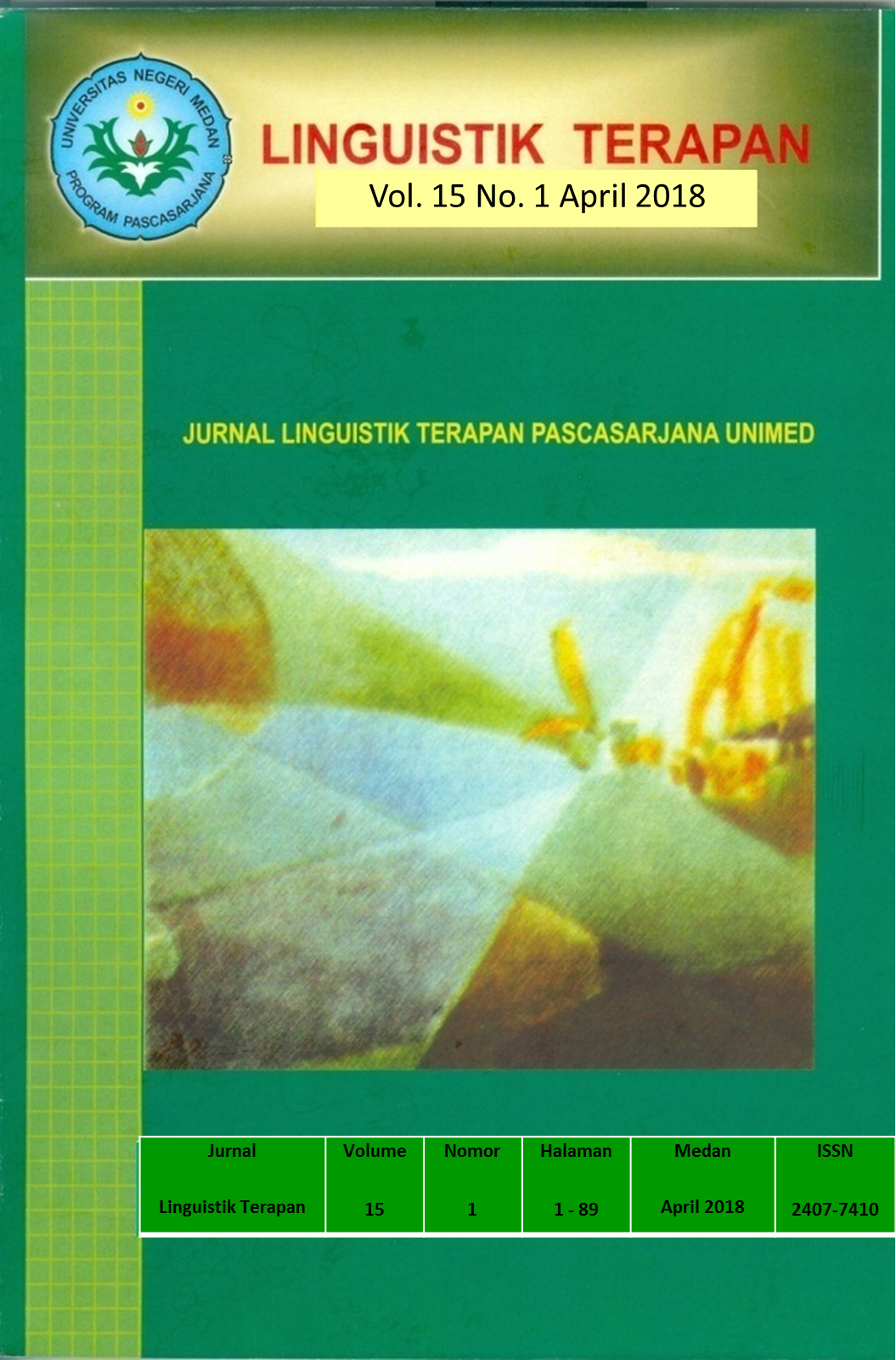TRANSLATION SHIFTS IN TRANSLATING DIDONG TEXTS FROM GAYONESE INTO BAHASA INDONESIA
DOI:
https://doi.org/10.24114/lt.v15i1.11278Abstract
The research deals with the occurrence of shift in Translating Didong texts from Gayonese into Bahasa Indonesia. The objectives of the study were: (1) to find out the types of shifts in Translating Didong texts from Gayonese into Bahasa Indonesia, (2) to describe how the shifts occur in Translating Didong texts from Gayonese into Bahasa Indonesia, (3) to analyze the reasons why translation shifts occur Translating Didong texts from Gayonese into Bahasa Indonesia. The research was conducted by using descriptive qualitative design. The data of this study were clauses which translated from Gayonese into Indonesian. The data were collected through documentary technique. The technique of data analysis was interactive model. This research was found that there were five types of translation shift. The type of structure shift was the dominant type. The findings of this study revealed that: (1) The category shifts in Translating Didong texts from Gayonese into Bahasa Indonesia are 1) structure shift, 2) class shift, 3) unit shift, 4) reduplication word shift, and 5) double types of shift. (2) There were some ways of translation shift used in Translating Didong texts from Gayonese into Bahasa Indonesia, namely grammatical change occurred, change in different word class and change in ranks. (3) There were four reasons of using translation shifts are (1) Different language systems, (2) Grammatical structures of SL do not exist in TL, (3) Literal translation is grammatically possible but may not accord with natural usage in the TL (naturalness between SL and TL) and (4) replacing virtual gap by grammatical structure.Keywords: translation, translation shifts, Didong texts.Downloads
Published
2018-11-10
How to Cite
Yurida, W., Pulungan, A. H., & Husein, R. (2018). TRANSLATION SHIFTS IN TRANSLATING DIDONG TEXTS FROM GAYONESE INTO BAHASA INDONESIA. LINGUISTIK TERAPAN, 15(1). https://doi.org/10.24114/lt.v15i1.11278
Issue
Section
Articles






